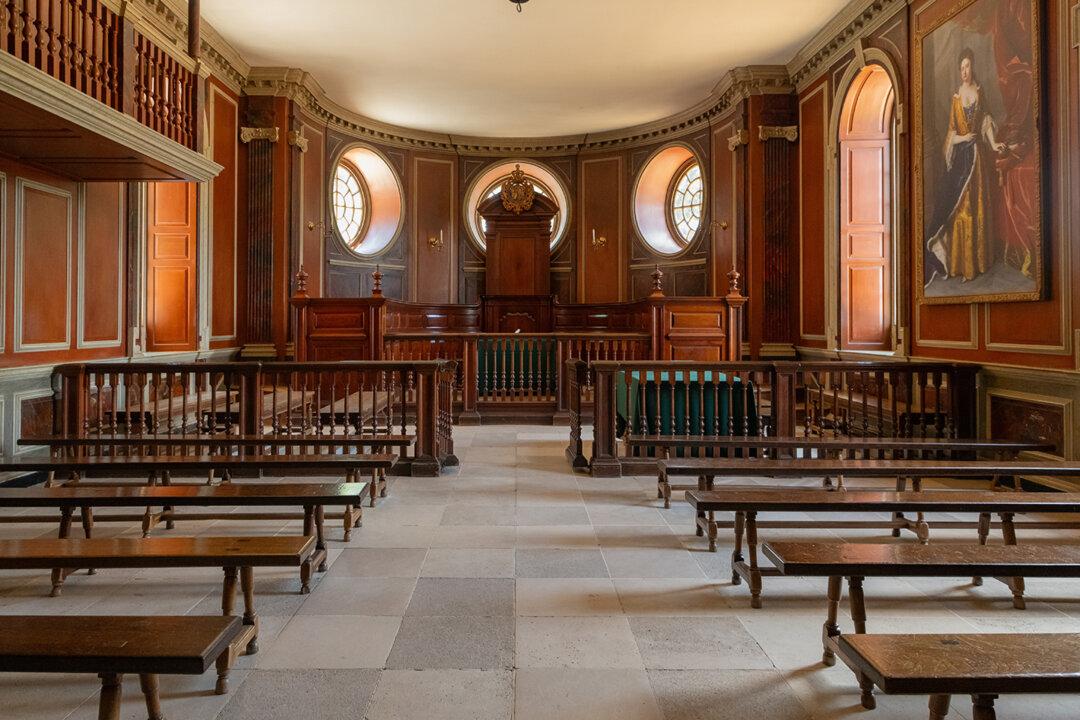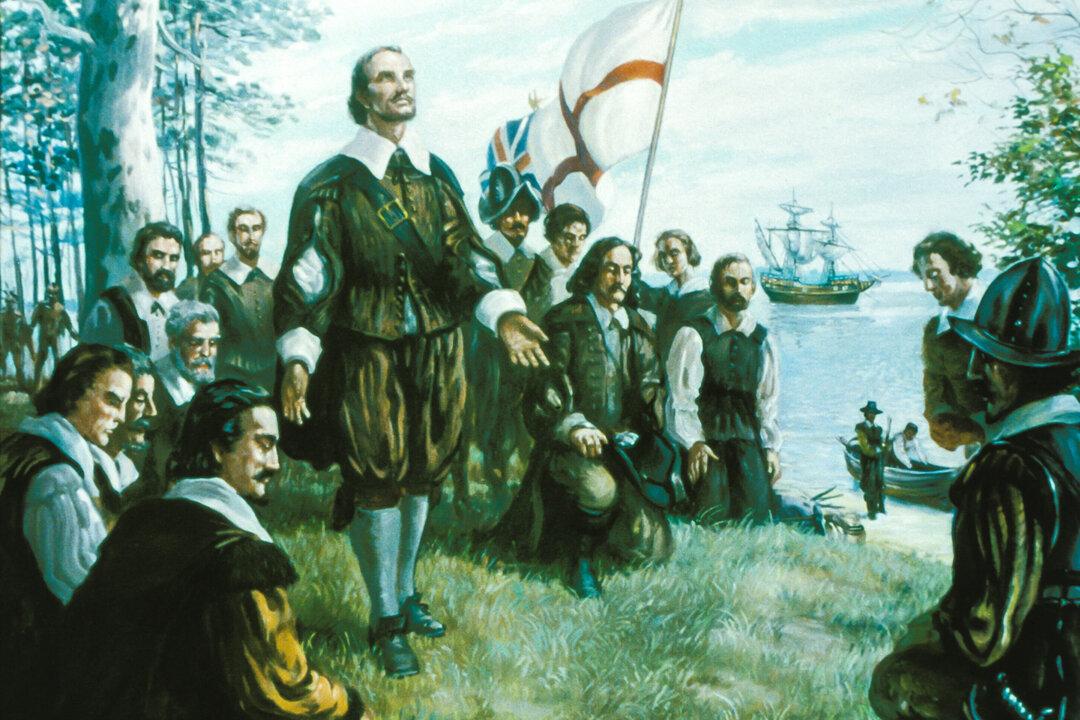The name of John James Audubon is synonymous with the study, description, and illustration of avian species. Audubon painstakingly documented some 490 species of birds for his seminal work, “The Birds of America.” Audubon was more than just a keen observer—he also possessed a vivid imagination. This imagination once led the great naturalist to concoct some fictitious finned and feathered creatures that never existed! They were intended as a prank on his friend and rival, the esteemed French naturalist Constantine Rafinesque.
The story goes that Rafinesque was visiting Audubon at his home when a bat flew into the guest room. Thinking it was a new species, the Frenchman tried to kill it. Unfortunately, the weapon he chose in haste happened to be Audubon’s favorite violin, which he managed to destroy! John plotted “revenge,” eloquently describing 11 species of fish, two birds, two plants, and nine wild rats to his friend, who fell for the elaborate joke. The Frenchman included some of the concocted species in his own works. It was only years later that biologists discovered the hoax after Rafinesque had added them to the scientific record.





